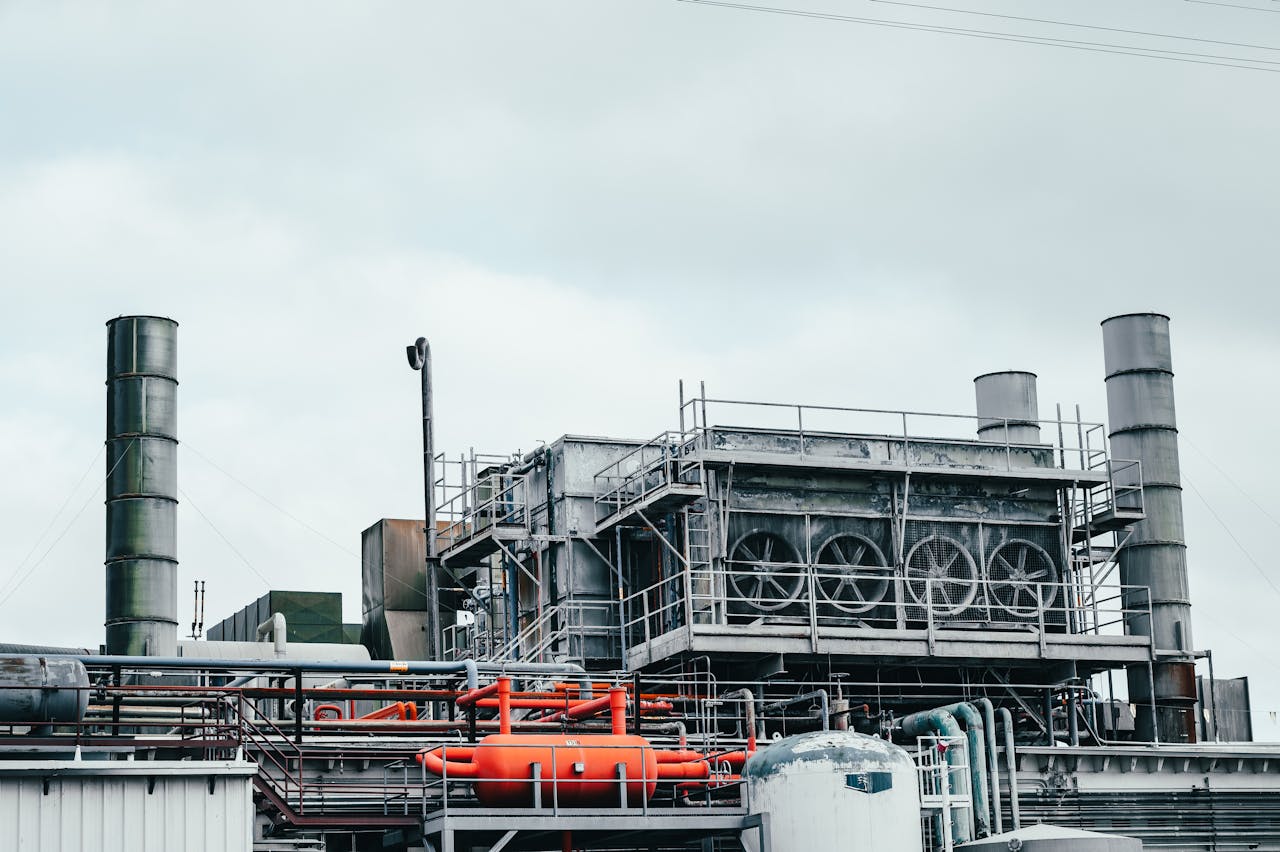For decades, the conversation around high temperature expansion joint material was defined by compromise. Engineers across aerospace, steel manufacturing, glass production, and advanced ceramics reluctantly accepted one stubborn reality: 2200°F was the practical ceiling. Beyond that, materials degraded, oxidized, cracked, or simply failed. This wasn’t just a performance limitation—it was a systemic barrier that forced industries into costly maintenance cycles and constrained innovation.
Today, Zepco LLC has changed that narrative. Through pioneering materials science and advanced ceramic composite engineering, the company has broken through the long-assumed 2500°F barrier and achieved something once thought impossible: reliable high temperature expansion joint material capable of continuous operation at 3000°F and beyond.
This isn’t an incremental improvement. It’s a paradigm shift.
Why 3000°F Mattered So Much
In extreme environments—think rocket propulsion systems, hypersonic test chambers, float glass furnaces, or specialty alloy production—failure at the joint level can cascade into catastrophic downtime, safety risks, and millions in lost productivity. The challenge was simple in phrasing but brutal in execution: create an expansion joint material that could hold mechanical integrity, resist oxidation, and maintain flexibility where nearly every known substance disintegrated.
Traditional solutions—graphite, refractory ceramics, and metal alloys—hit a physics wall. Above 2200°F, structural properties collapsed. By 2500°F, even the best designs degraded rapidly.
Zepco’s research team didn’t just push past that limit. They shattered it.
The Science Behind the Breakthrough
The foundation of Zepco’s high temperature expansion joint material lies in a new generation of advanced ceramic composites engineered from the molecular level up.
- Ceramic Matrix Technology: Reinforced ceramic fibers embedded in a tailored high-temperature matrix provide both flexibility and resilience.
- Molecular Engineering: Atomic-level control of bonding structures ensures stability where other materials fracture.
- Thermal Shock Resistance: The composite microstructure has been engineered to survive rapid 500°F/minute temperature swings without cracking.
- Oxidation and Chemical Inertness: Unlike metals or legacy composites, Zepco’s material remains stable even in aggressive, high-oxygen environments.
Manufacturing matters just as much as composition. Techniques like sol-gel processing, chemical vapor infiltration, and controlled atmosphere sintering ensure density, purity, and precision at every stage. Real-time quality monitoring means each lot delivers consistent ultra-high-temperature performance.
Proving 3000°F+ in the Lab and in the Field
Breakthrough claims are meaningless without validation. Zepco has put its ceramic composites through the gauntlet:
- 1,000+ hours of continuous exposure at 3000°F with zero degradation.
- 10,000 thermal cycles from ambient to extreme heat without fracture.
- Rapid shock testing involving instantaneous 1000°F+ shifts.
- Aggressive chemical exposure trials, confirming inertness in hostile atmospheres.
Independent customer validation and long-term field installations confirm the same story: this high temperature expansion joint material doesn’t just survive—it thrives under conditions that previously guaranteed failure.
Unlocking New Applications
What does this mean for industries? In a word: freedom.
- Steel Manufacturing: Expansion joints in electric arc furnaces now operate at 3200°F without frequent replacements.
- Aerospace & Defense: Hypersonic vehicles and rocket engines finally have joint solutions that match their heat profiles.
- Glass Production: Float glass furnaces achieve more stable output at higher operating ranges.
- Advanced Ceramics & Nuclear: Ultra-high temperature production becomes more reliable and cost-effective
- Next-Gen Energy: Systems from concentrated solar to advanced reactors can scale into new temperature ranges.
By breaking through the old ceiling, Zepco has created space for entirely new industrial processes and design philosophies.
Beyond 3000°F: The Future Path
The most remarkable part of this story? Zepco’s R&D pipeline is already pushing toward 4000°F-capable materials, exploring self-healing ceramics, and integrating smart sensors directly into high temperature expansion joint material for real-time performance monitoring. This isn’t just about fixing yesterday’s problems—it’s about enabling tomorrow’s breakthroughs in space exploration, nuclear fusion, and next-generation transportation.
Zepco LLC: Redefining Materials Science at the Edge of the Possible
Zepco’s ceramic composites are not simply a product—they’re a statement that the barriers we’ve accepted for decades are no longer immovable. With rigorous testing, advanced design, and unmatched expertise, Zepco is setting a new global standard for high temperature expansion joint material performance.
For engineers, scientists, and technical directors who have been told “it can’t be done,” this breakthrough proves otherwise. The 3000°F barrier is gone. And the future just got hotter—in the best possible way.

